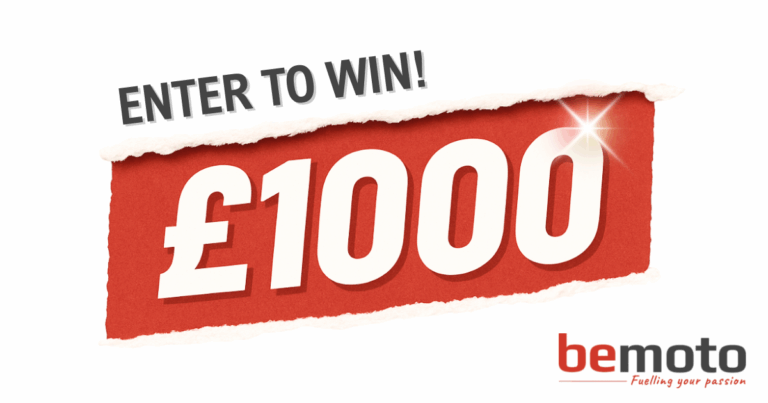
Win £1,000 with BeMoto!
It’s our final prize draw of the year, and it’s a big one! We’re giving away a whopping £1,000 to spend on all the biker gear and accessories you can dream of, exclusively with Sportsbikeshop. End the year in style
The Pit Stop
The Pit Stop
Share this page:

It’s our final prize draw of the year, and it’s a big one! We’re giving away a whopping £1,000 to spend on all the biker gear and accessories you can dream of, exclusively with Sportsbikeshop. End the year in style
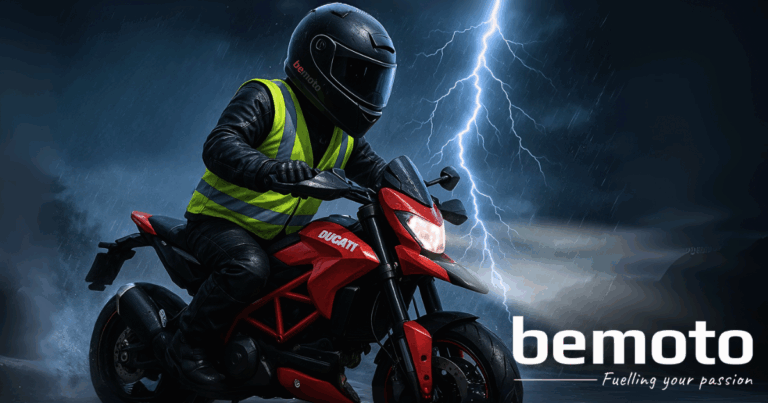
Riding a motorbike in rain, wind or icy conditions can be daunting, especially for the unprepared. Here are some essential tips to keep you upright, safe and smiling whatever the weather.
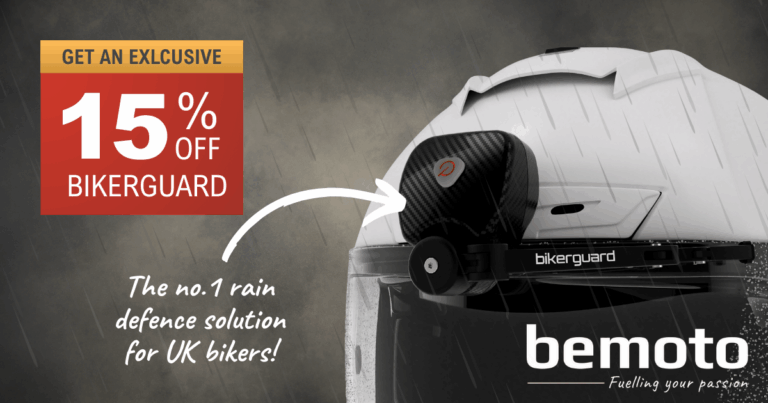
Ride safer in all weather with the BikerGuard visor wiper kit. Discover how BeMoto riders can access an exclusive discount and upgrade their wet-weather riding experience.
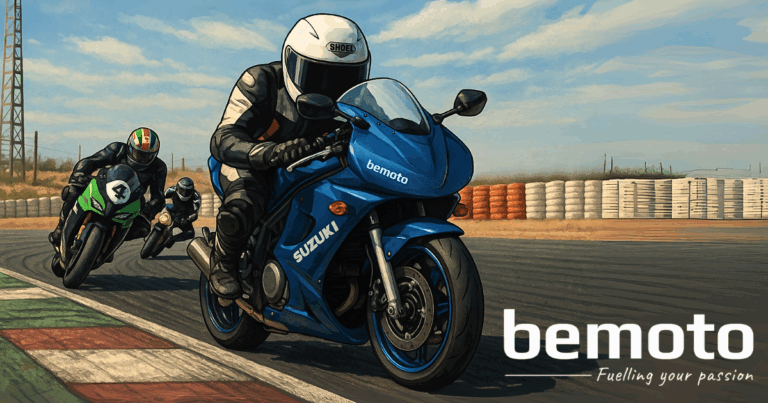
This guide rounds up the best track bikes for enthusiasts on a budget. From the nimble Honda CB500 to the raw and racy Yamaha R6, and torque-rich Aprilia RSV Mille, each of these picks delivers serious fun, without breaking the
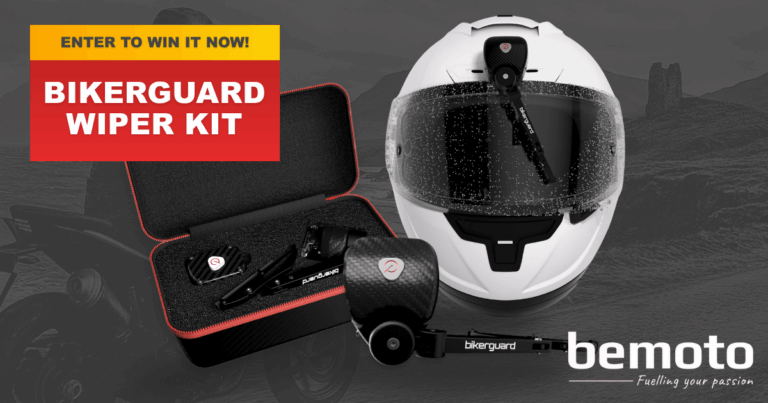
Enter our September prize draw to win an ultimate wiper kit by BikerGuard, the coolest gadget that brings windscreen wipers to motorbikes. Never fear rain again!
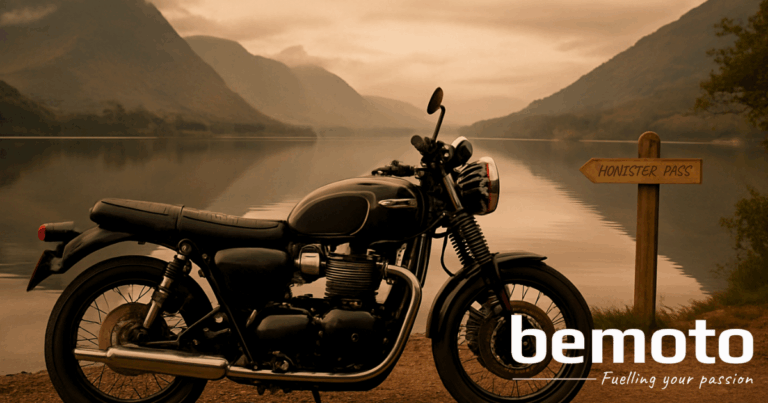
Fancy a quick weekend escape to the Lakes? Check out the BeMoto two-day Lake District motorbike overnighter with lakeside roads, breath-taking views, and a ride over the iconic Honister Pass for the ultimate guide to seeing the Lakes on a
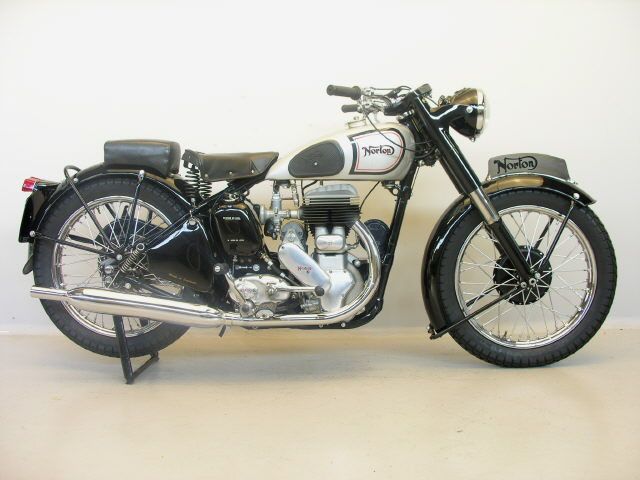
Claiming a classic motorbike registration can restore your bike’s heritage and value, whether it’s a barn find or unregistered machine. If your bike has never been registered or has an age-related plate, you can reclaim its original number. This guide
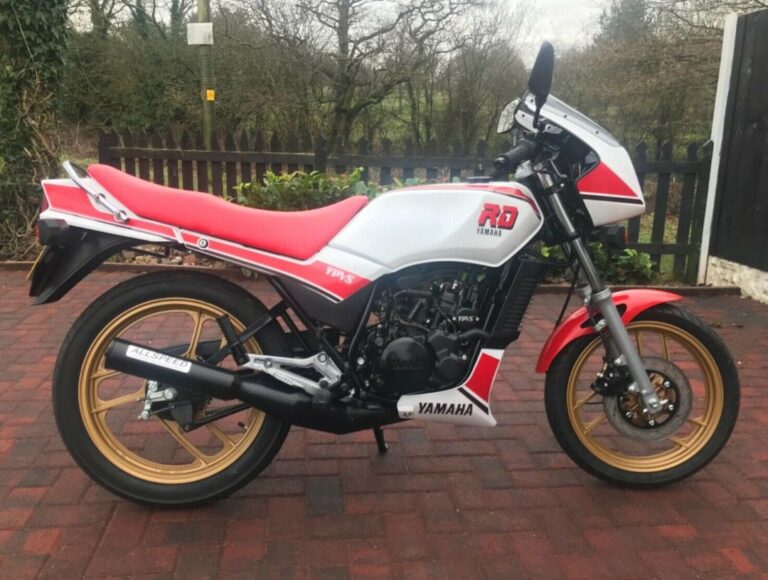
This Yamaha RD125LC review takes a close look at the iconic 1980s lightweight motorcycle that’s capturing the hearts of nostalgic riders and collectors alike. With its liquid-cooled single-cylinder engine producing 17 horsepower and a top speed of around 78 mph,
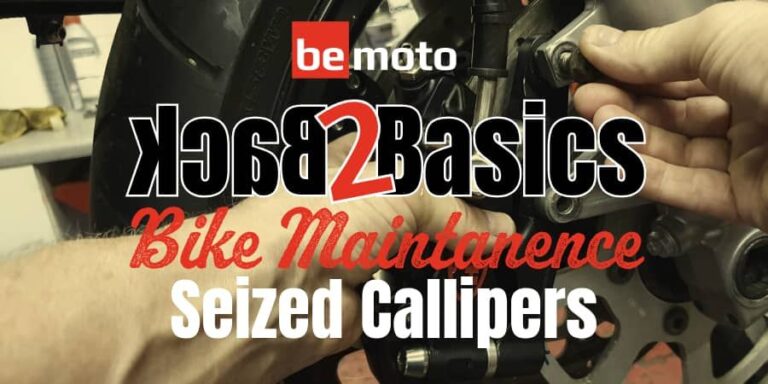
Is your bike feeling sluggish to push or slow to stop? It could be a stuck piston caused by corrosion inside the calliper. In this motorbike brake callipers rebuild guide, Bruce Dunn walks through the essential steps to restore braking
BeMoto is a trading name of Moto Broking Limited registered in England and Wales, company number 09676058. Registered office: First Floor 15-27, Cowgate, Peterborough, PE1 1LZ. Moto Broking Limited is authorised and regulated by the Financial Conduct Authority (FCA registration number 715903). Calls may be recorded for our joint protection and training purposes.